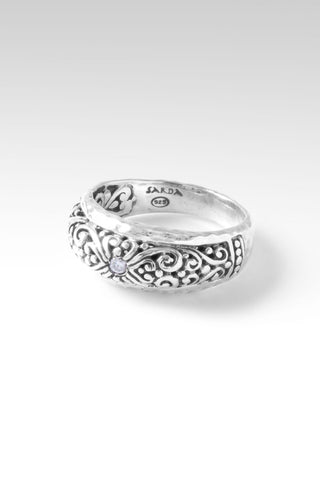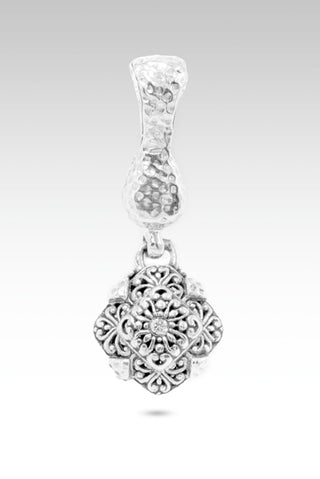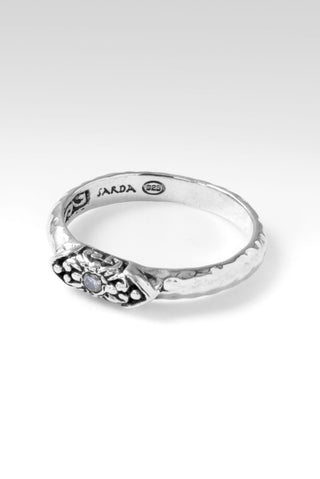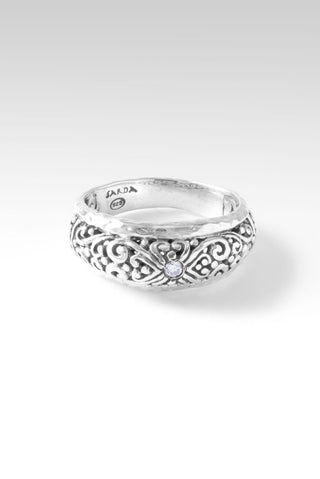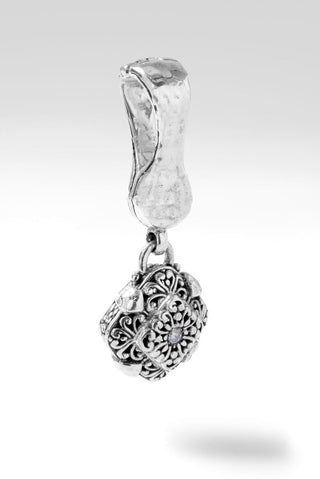History of Diamonds
Diamonds have long held a special place in the world of gemstones, adorning royal crowns and symbolizing eternal love in engagement rings. The term "diamond" is derived from the Greek word "adamas," meaning invincible, aptly reflecting the gem's unparalleled hardness.
Known for their unmatched brilliance and extraordinary durability, diamonds have a rich history spanning over 3,000 years. The earliest diamonds were discovered in India during the fourth century BC, where they were traded along the Silk Road, facilitating their spread across various cultures. As India's diamond supply began to decline in the 1700s, Brazil emerged as a significant source, maintaining its prominence for about 150 years.
The diamond landscape shifted dramatically in the 1860s with the discovery of substantial diamond deposits in South Africa. This discovery lead to the establishment of large-scale mining operations. Today, mines in South and Central Africa account for approximately half of the global diamond supply, with additional contributions from later discoveries in Russia, Australia, Canada, and several African nations.
The 20th century saw further evolution with the introduction of the Kimberley Process in 2003, aimed at preventing conflict diamonds from entering the mainstream market. Today, diamonds are not only a symbol of luxury and wealth but also a testament to the geological marvels of the Earth, celebrated for their unmatched beauty and durability.
Learn more about diamond history and lore from the Gemological Institute of America.
Makeup of Diamonds
Diamonds consist of tightly bonded carbon atoms arranged in a three dimensional crystal lattice structure. This unique atomic configuration contributes to diamonds durability and visual appearance. The tetrahedral structure gives diamonds an unparalleled hardness of 10 on the Mohs scale, making them nature's hardest material. And their exceptional strength renders them highly scratch-resistant and durable, ideal for both jewelry and industrial applications. this also their optical properties, allowing them to refract and disperse light for their signature sparkle.
Journey of a Natural Diamond
The journey of a diamond from the depths of the Earth to a sparkling piece of SARDA™ diamond jewelry is a remarkable process. Diamonds are formed under intense heat and pressure approximately 100 miles below the Earth's surface. Over millions of years, volcanic eruptions bring these precious gems closer to the surface. Once mined, rough diamonds are sorted, cut, and polished to reveal their inner brilliance. Each step, from cutting to setting, requires meticulous craftsmanship to maximize the diamond's natural beauty.
The Science of Diamond Formation
Diamonds can form through various methods, both natural and artificial:
- Natural Formation: Diamonds naturally form deep within the Earth's mantle under extreme pressure and temperature conditions, typically around 90 to 120 miles below the surface. They are transported to the surface via volcanic pipes composed of kimberlite or lamproite, often millions of years after their formation. Natural diamonds can also be found in alluvial, littoral, and marine deposits where they have been eroded and transported by water.
-
Synthetic Diamonds: These are created in laboratories through methods that replicate the natural conditions under which diamonds form. Two primary techniques are used:
- High Pressure High Temperature (HPHT): This method mimics the natural formation process by subjecting carbon to high pressures and temperatures, resulting in diamond crystallization.
- Chemical Vapor Deposition (CVD): In this method, a gas containing carbon is energized, causing carbon atoms to deposit onto a substrate, gradually forming a diamond layer.
These synthetic methods allow for the production of diamonds with properties similar to natural diamonds, making them suitable for various industrial and jewelry applications.
Diamond Treatment Techniques
Diamonds undergo various treatments to enhance their natural beauty, clarity and color. These advanced techniques significantly improve the visual appeal of diamonds.
- Laser Drilling: This technique uses a laser to create tiny tunnels inside the diamond, reaching inclusions which are then removed or bleached, enhancing the stone's clarity.
- Fracture Filling: In this process, fractures within the diamond are filled with a transparent substance, making them less visible and improving the overall appearance of the diamond.
- High-Temperature Annealing: This treatment involves exposing diamonds to high temperatures to alter their color. It can turn brownish diamonds into more desirable colors, such as yellow or colorless.
- High-Pressure High-Temperature (HPHT) Treatment: Similar to natural processes, HPHT uses extreme pressure and temperature to improve the color of diamonds, often turning brown or yellow stones into colorless or near-colorless diamonds.
- Irradiation: This method exposes diamonds to radiation to alter their color. The resulting colors are typically vibrant and can include blue, green, or pink.
- Coating: This technique involves applying a thin layer of material to the diamond's surface to enhance its color. This is generally used for fancy colored diamonds.
- Clarity Enhancement: Any treatment that improves the clarity of the diamond, such as laser drilling and fracture filling, falls under this category, aiming to make inclusions less noticeable and the diamond more attractive.
Learn more about gem treatments from the Gemological Institute of America.
Understanding the 4Cs of Diamonds
When purchasing a diamond, it’s crucial to understand the 4Cs: Carat, Clarity, Color, and Cut. These four characteristics determine a diamond's quality and value.
- Carat Weight: Carat weight measures a diamond's size. One carat equals 200 milligrams. While larger diamonds are rarer and often more expensive, carat weight alone does not determine a diamond's value. The quality of the cut, color, and clarity also play significant roles.
- Clarity: Clarity refers to the presence of internal or external flaws, known as inclusions and blemishes. Diamonds are graded on a clarity scale from Flawless (no inclusions or blemishes visible under 10x magnification) to Included (inclusions visible to the naked eye). The fewer inclusions a diamond has, the higher its clarity grade and value.
- Color: Diamond color is graded on a scale from D (colorless) to Z (light yellow or brown). Colorless diamonds are the most valuable as they allow the most light to pass through, enhancing their sparkle. Slight color variations can significantly impact a diamond's price and appearance.
- Cut: The cut of a diamond is perhaps the most crucial factor affecting its beauty. A well-cut diamond reflects light internally from one facet to another and disperses it through the top of the stone, creating maximum brilliance and fire. The cut is graded from Excellent to Poor, with Excellent cut diamonds offering the most sparkle.
Learn more about the 4Cs from the Gemological Institute of America.
Fancy Colored Diamonds
Fancy colored diamonds are diamonds that fall outside of the normal D-Z colorless scale. Fancy colored diamonds are renowned for their range of hues. The rarest fancy diamond colors are red, green, purple and orange, with pink and blue being slightly more common. Yellow, brown, gray and black diamonds, being the most common fancy colors, generally have a lower value compared to the more rare and sought-after colors. These rare gems owe their distinctive colors to various trace elements and structural irregularities present during their formation. Historically, fancy colored diamonds have been coveted by royalty and collectors for their exceptional beauty and rarity. Their value is determined by the intensity and uniformity of their color, with the most vivid and evenly distributed hues commanding the highest prices. Evaluating these diamonds also involves considering their cut, clarity, and carat weight, much like their colorless counterparts.
Learn more about fancy colored diamonds from the Gemological Institute of America.
Caring for Your Diamond Jewelry
To maintain the brilliance and sparkle of your diamond jewelry, follow these care tips:
- Regular Cleaning: Clean your diamond jewelry with a mild soap and warm water solution. Use a soft brush to gently remove dirt and oils. Avoid using harsh chemicals or abrasive materials.
- Safe Storage: Store your diamond jewelry separately in a soft pouch or a lined jewelry box to prevent scratches.
- Routine Check-ups: Periodically check the settings of your diamond jewelry to ensure the gemstone is secure. This helps prevent any accidental loss or damage.




